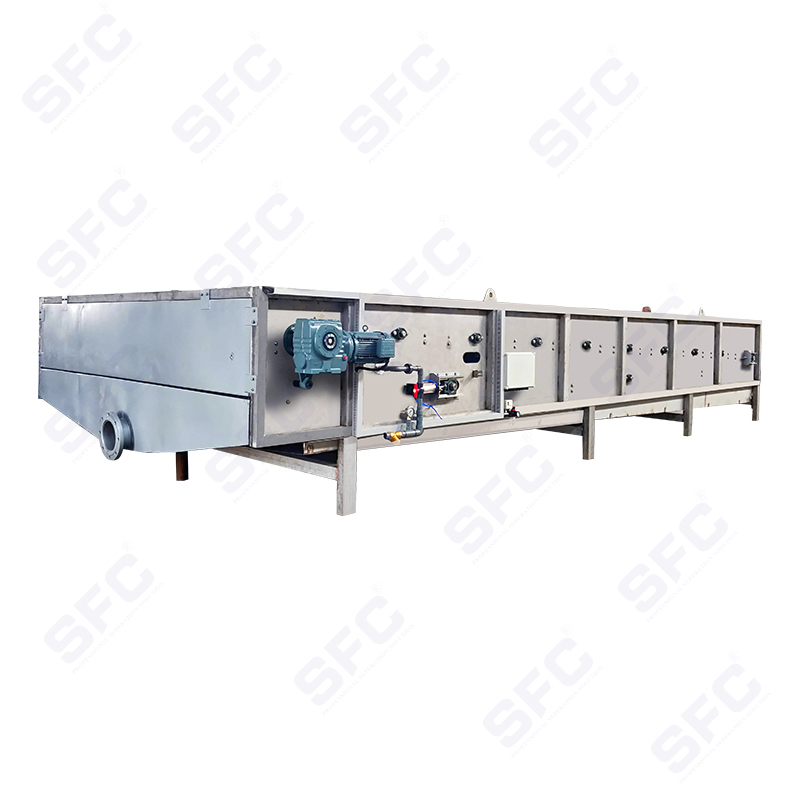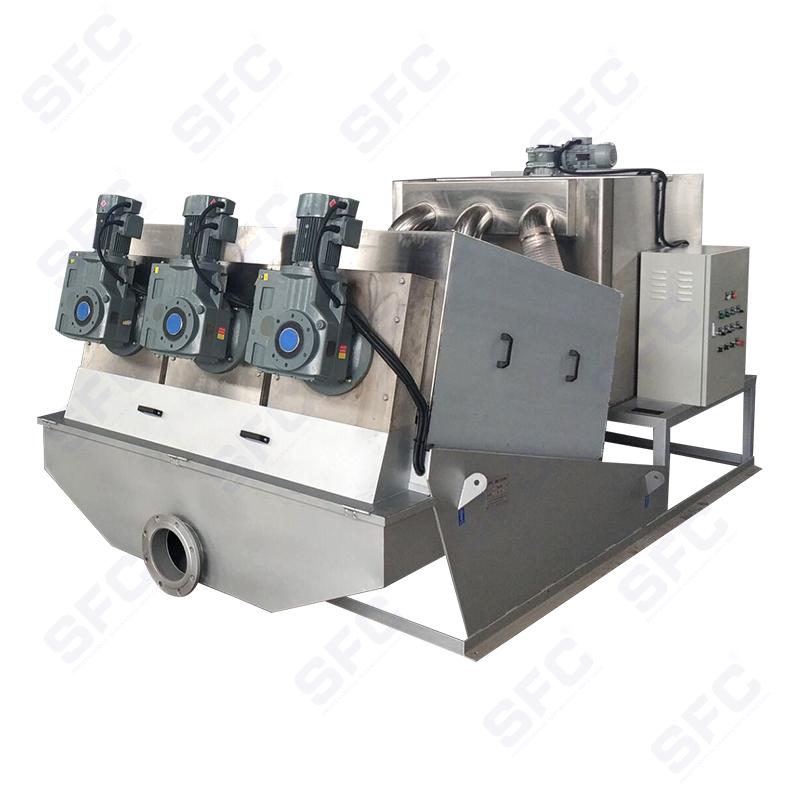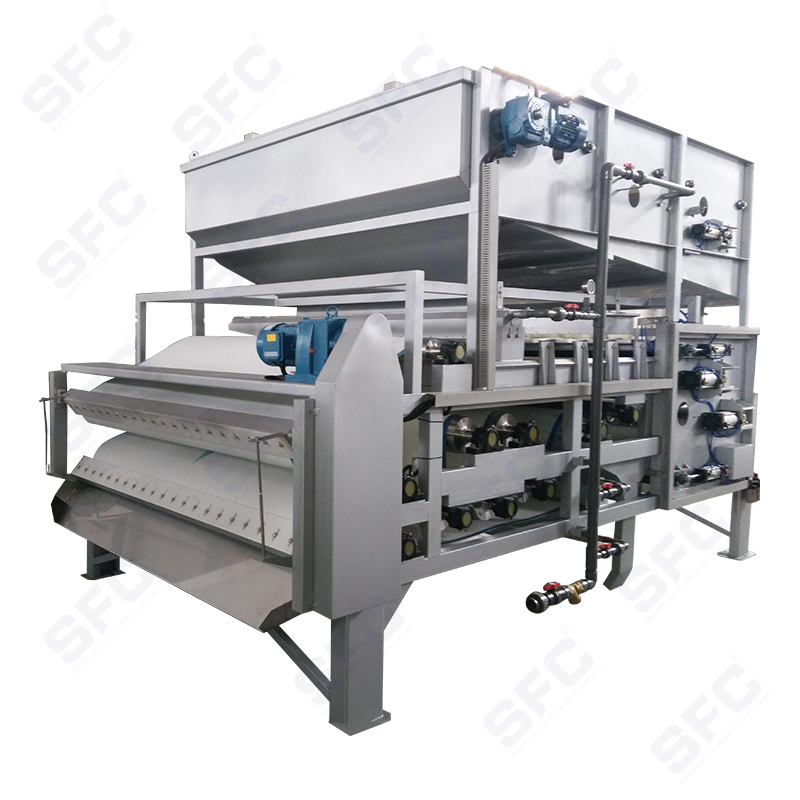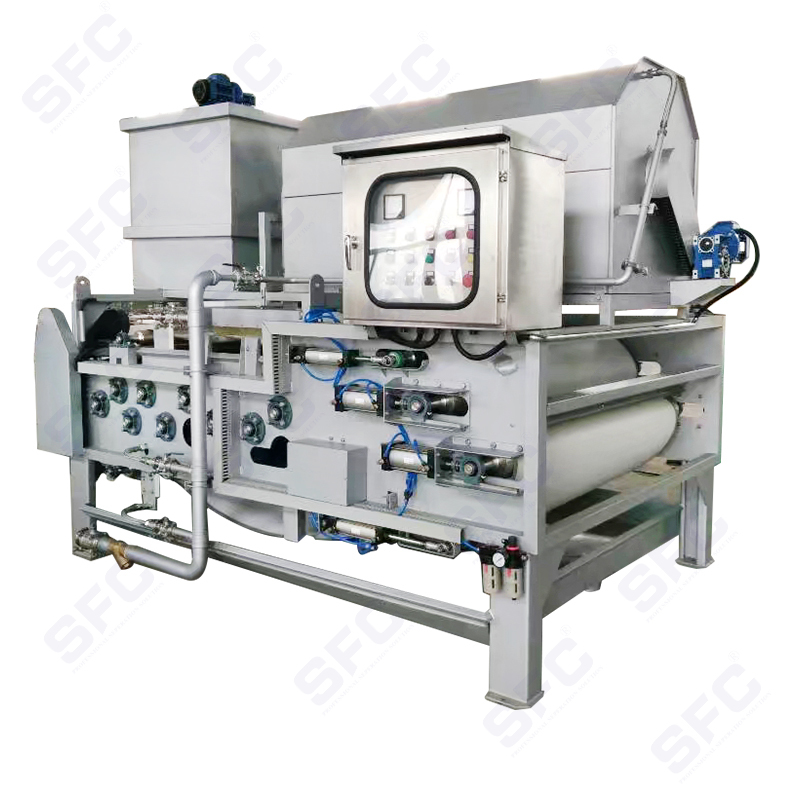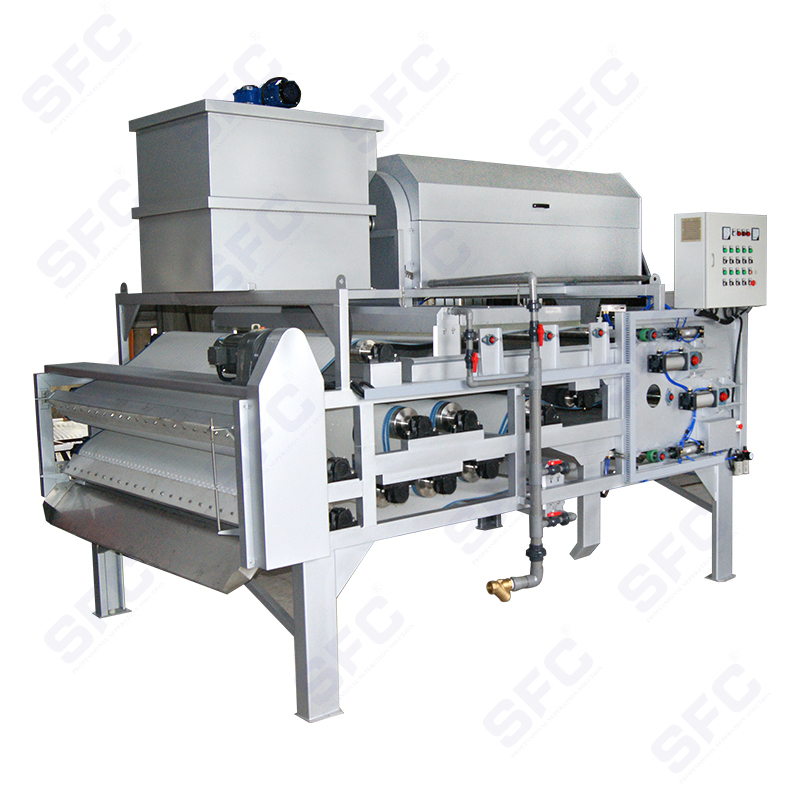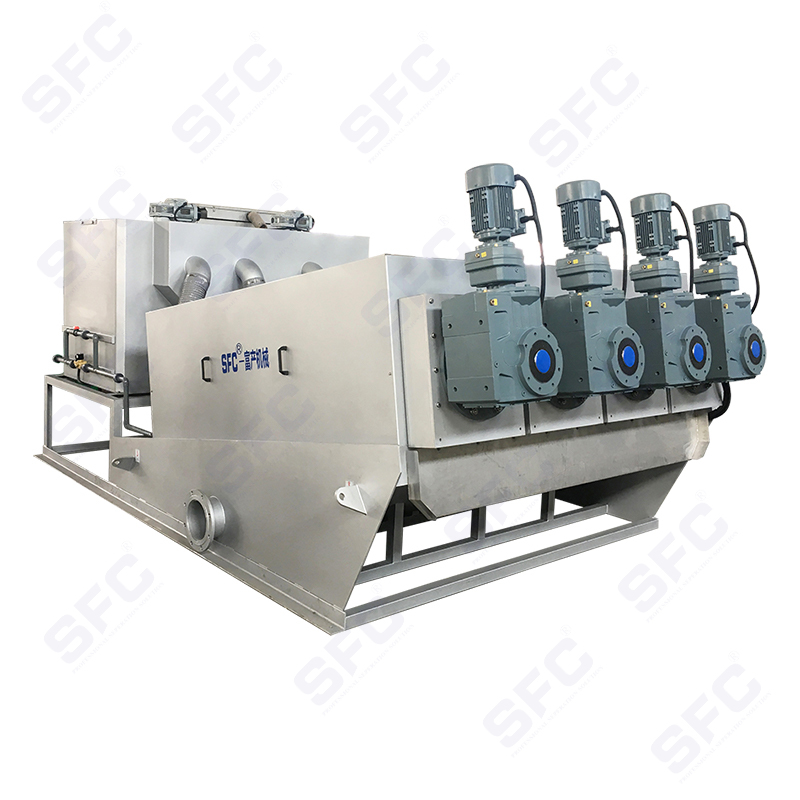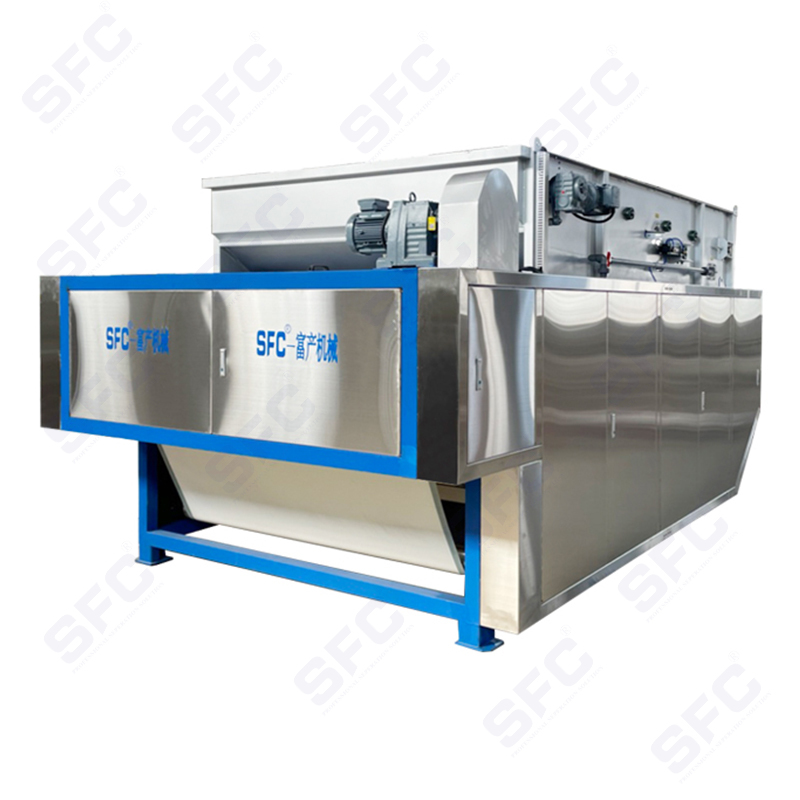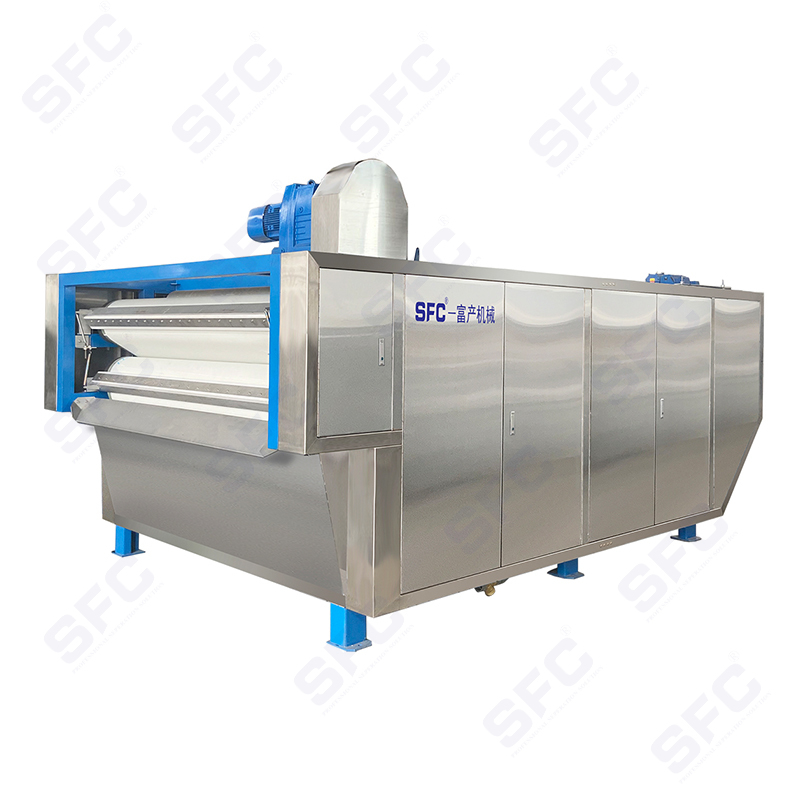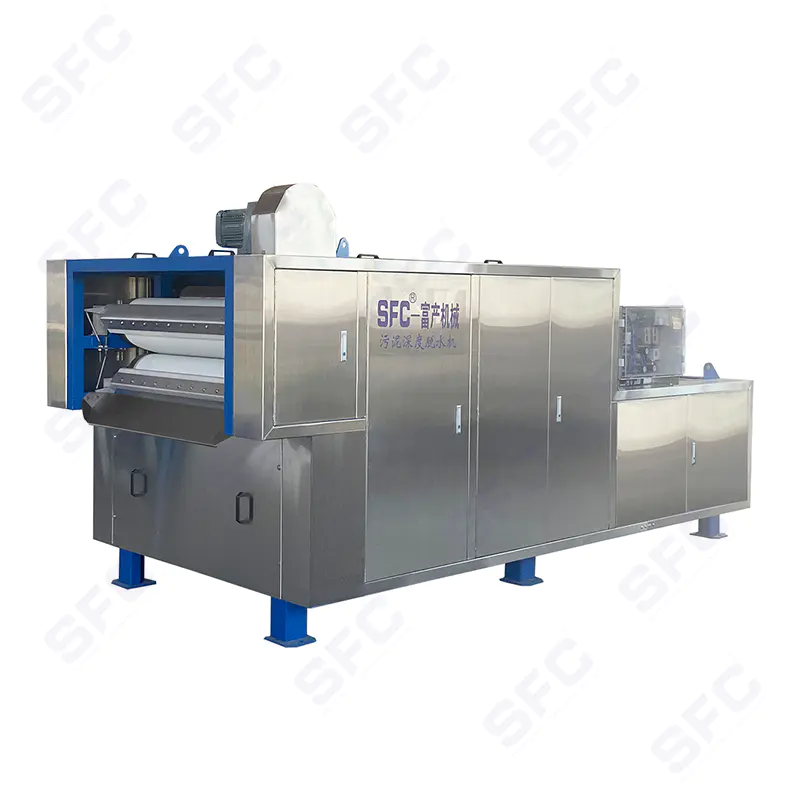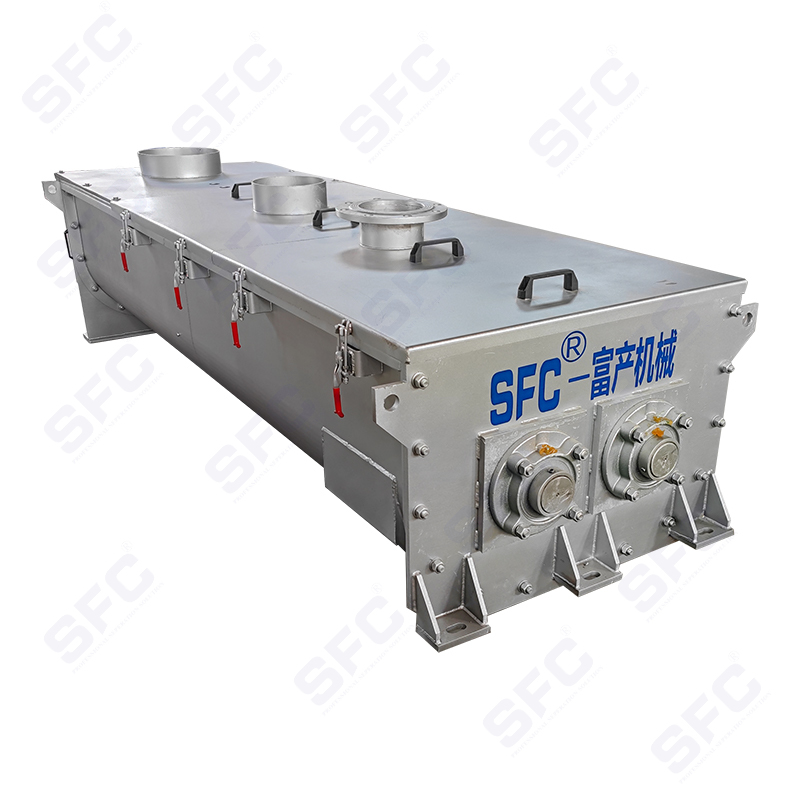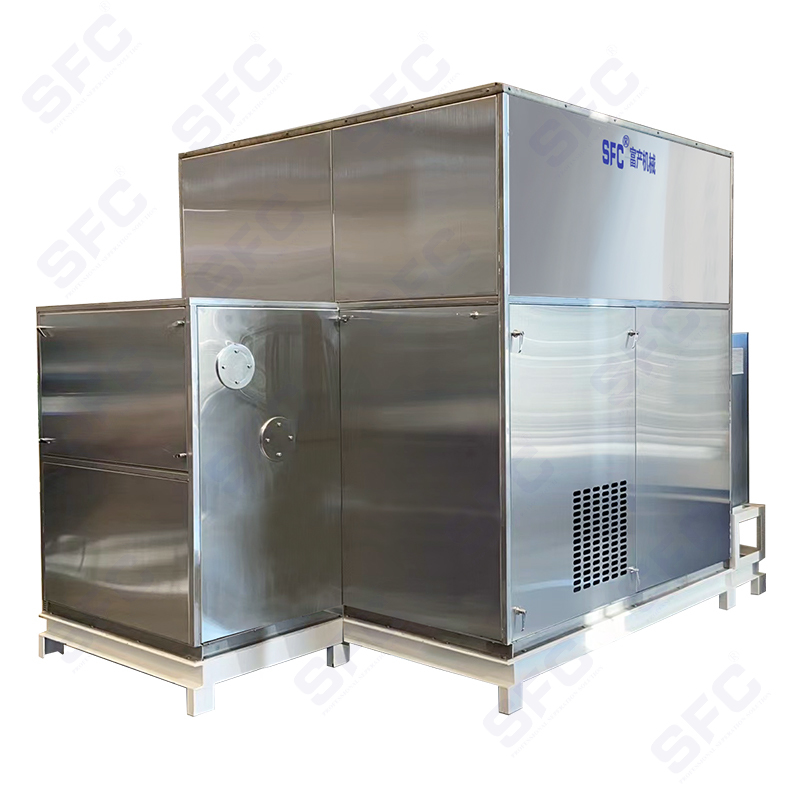What Factors Should Be Considered When Selecting a Belt Type Sludge Thickener?
In modern wastewater treatment facilities, efficient sludge management is essential for reducing operational costs, improving system capacity, and meeting environmental compliance standards. Among various technologies available for sludge concentration, the Belt Type Sludge Thickener stands out as a reliable and energy-efficient solution. But selecting the right belt thickener is not as simple as choosing a standard model — it requires a careful evaluation of multiple technical, operational, and environmental factors.
What Is a Belt Type Sludge Thickener?
A Belt Type Sludge Thickener is a mechanical device used to increase the solids content of sludge by removing a portion of the free water. It operates through a gravity drainage process, where sludge is spread across a moving porous belt. As the belt travels, water drains through the belt while solids are retained and thickened.
This process is widely used in:
Municipal wastewater treatment plants
Food and beverage factories
Pulp and paper mills
Chemical processing facilities
Belt thickeners offer continuous operation, low energy consumption, and high throughput, making them ideal for handling large sludge volumes.
- Sludge Characteristics
The first and most important factor is the type and properties of the sludge to be processed. Different sludge types require different handling approaches.
Key parameters include:
Sludge origin (biological, chemical, or mixed)
Initial solids concentration (typically 0.5% – 3%)
Particle size distribution
Organic content
Viscosity and flowability
For example, biological sludge from activated sludge systems is more gelatinous and harder to dewater than primary sludge, requiring a belt thickener with optimized drainage zones and adjustable belt speeds.
- Capacity Requirements
The processing capacity of the thickener must match the plant’s sludge production volume. When calculating capacity, consider:
Daily sludge volume (m³/day)
Required outlet solids concentration
Peak load handling ability
Undersized equipment may lead to overflow or poor thickening, while oversized units can result in unnecessary capital and operating costs. Manufacturers typically rate belt thickeners in kg DS/h (kilograms of dry solids per hour) — ensure the selected model handles both average and peak loads.
- Belt Width and Configuration
The belt width determines the unit’s throughput and footprint. Common sizes range from 500 mm to 3000 mm.
Larger belts allow for:
Higher sludge loading rates
Better performance under fluctuating conditions
Faster water drainage over a larger surface area
Additionally, look at the number of gravity drainage zones, belt tension control systems, and scrapers. Multi-zone designs allow for more controlled thickening and better final solids concentration.
- Belt Material and Quality
The belt fabric is critical for performance and durability. It should be:
Chemically resistant to sludge content (acids, alkalis, organics)
Mechanically robust to withstand tension and wear
Optimized for permeability — too fine a mesh can clog; too coarse reduces thickening efficiency
Most belts are made from polyester monofilament with precision-weaved apertures that balance strength and drainage. Choose belts that are easy to clean and have a long service life.
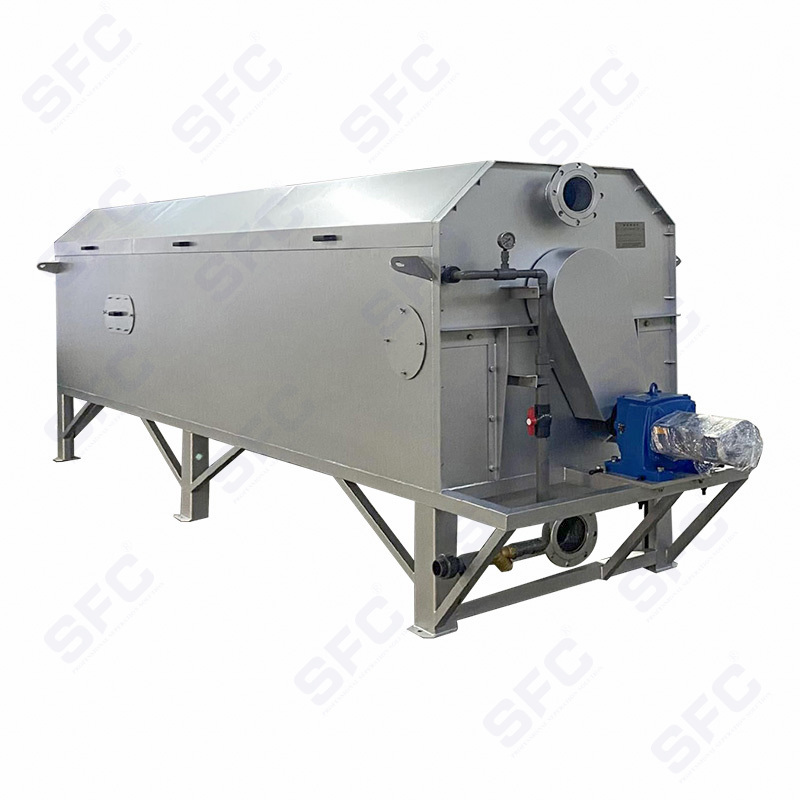
- Ease of Maintenance and Operation
Operational efficiency depends heavily on how easily the thickener can be maintained. Important features include:
Automatic belt washing system (to prevent clogging and odor)
Simple belt tracking and tension adjustment
Low-vibration motors and corrosion-resistant frames
User-friendly control panels
Choosing equipment with modular parts or tool-less maintenance access can significantly reduce downtime and labor costs over the product’s lifespan.
- Energy and Water Consumption
Belt thickeners are known for low energy use, but water consumption (especially for belt washing) can be significant.
To reduce operational costs, consider:
Low-pressure/high-efficiency spray nozzles for cleaning
Energy-efficient motors and drive systems
Option for water recycling or greywater use
Advanced models may also feature programmable logic controllers (PLCs) to optimize water and energy use based on sludge load.
- Automation and Integration
For modern treatment plants aiming for smart, automated operations, the thickener should offer:
Remote control and monitoring
SCADA compatibility
Automatic start/stop based on flow rate or tank levels
Alarm systems for belt misalignment or overload
Such features reduce the need for manual intervention and improve reliability in unmanned or lightly-staffed facilities.
- Footprint and Installation Constraints
Physical space constraints within an existing treatment facility can affect model selection. Belt thickeners with compact design, modular frames, or stackable configurations are ideal where floor space is limited.
Also check for:
Ease of installation
Foundation and drainage requirements
Access for maintenance and operation
- Compliance and Environmental Impact
The selected equipment should help your plant meet environmental discharge standards, especially for:
Solids concentration in return streams
Odor control
Noise and chemical usage
Additionally, some belt thickeners are designed with sustainability in mind, such as:
Recyclable components
Low-carbon manufacturing
Energy-saving operation modes
- Supplier Reputation and After-Sales Support
Finally, consider the manufacturer or supplier’s track record, certifications, and service network. Reputable manufacturers offer:
Customization options (OEM/ODM)
Warranty and spare parts availability
On-site training and technical support
Global certifications (ISO, CE, etc.)
After-sales support is crucial for long-term reliability and quick issue resolution.
Conclusion: Choose Wisely for Long-Term Efficiency
Selecting the right Belt Type Sludge Thickener is a strategic investment in your sludge management process. It affects everything from dewatering efficiency and operating cost to regulatory compliance and system uptime.
By evaluating sludge characteristics, capacity needs, mechanical design, and supplier quality, you can choose a thickener that ensures stable, cost-effective, and environmentally responsible operation for years to come.



 English
English Español
Español
